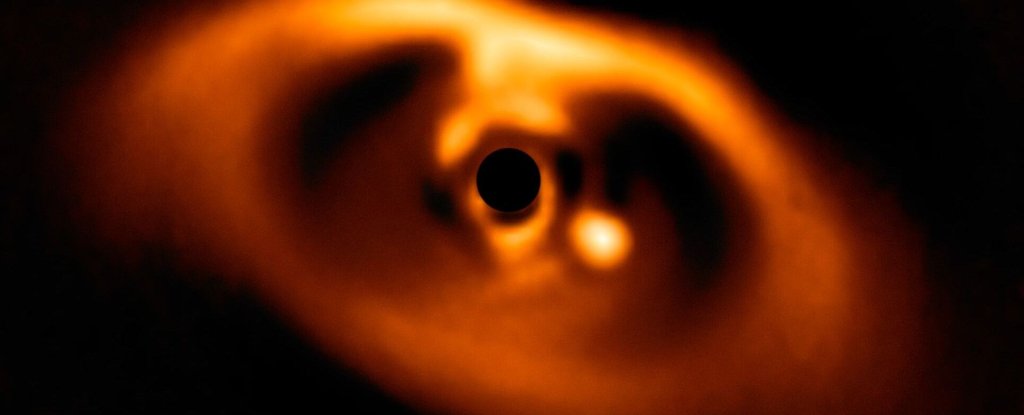The start of 2025 brings a significant weather event to New York State, with a major winter storm and a record-breaking arctic blast expected to create hazardous conditions. Authorities and meteorologists are warning residents to prepare for heavy snow, frigid temperatures, and potential disruptions.
Winter Storm Warning Issued for Northern Counties
The National Weather Service has issued a winter storm warning for St. Lawrence, Franklin, and Clinton counties, effective until 7:00 AM Friday. Forecasts indicate 6 to 14 inches (35.56 cm) of snow, accompanied by wind gusts of up to 45 mph (72.42 km/h).
These conditions could lead to sporadic power outages, blowing snow, and reduced visibility, making travel treacherous. Areas with higher elevations are expected to see even greater snow accumulations, and mountain roads could become particularly dangerous. Residents are advised to limit travel and keep emergency supplies, such as flashlights, warm clothing, and non-perishable food, on hand.


Arctic Blast Brings Record-Low Temperatures
In addition to the snow, an arctic air mass is forecast to bring some of the coldest temperatures seen since 2011. According to Paul Pastelok, lead long-range forecaster at AccuWeather, temperatures across New York could drop 10 to 20 degrees below seasonal averages, with lows ranging from the teens to single digits Fahrenheit.
This cold snap is part of a larger pattern caused by a polar vortex disturbance, allowing frigid air to sweep southward. Areas near the Great Lakes could face intense lake-effect snow, with accumulations in some spots reaching several feet, particularly in cities like Buffalo and Syracuse.
Potential Safety and Infrastructure Concerns
This extreme weather could lead to serious safety risks and widespread disruptions. Experts compare the upcoming cold to the February 2021 arctic blast that caused billions in damages and massive power outages. Dan DePodwin, AccuWeather’s senior forecasting director, warns that “temperatures this low could cause dangerous, damaging, and disruptive conditions.”
To stay safe, authorities recommend:
- Avoiding unnecessary travel, especially in areas expecting heavy snow and high winds.
- Checking road conditions before any trips and sticking to main routes.
- Preparing vehicles with winter tires, emergency kits, and adequate fuel.
Areas Most at Risk
Regions near the Great Lakes, including Syracuse, Buffalo, and Lake Placid, are expected to see the heaviest snowfall, with accumulations potentially closing major highways. New York City, while not in the storm’s direct path, will experience below-freezing temperatures and the possibility of light snow as additional weather systems move through.


Timeline of Events
- First wave of cold: Temperatures will drop starting January 3–4.
- Second arctic surge: A deeper cold snap will hit around January 8–9.
- Major arctic wave: By January 11–12, the coldest air is expected to sweep through, reaching even the Gulf Coast.
Forecasters emphasize the importance of staying informed and prepared as this weather event unfolds. Regular updates from local authorities and the National Weather Service will help residents navigate the days ahead safely.
Stay tuned to reliable sources for further information, and ensure your home and vehicle are winter-ready for what could be a historic cold stretch.
Got a reaction? Share your thoughts in the comments
Enjoyed this article? Subscribe to our free newsletter for engaging stories, exclusive content, and the latest news.







Leave a Comment